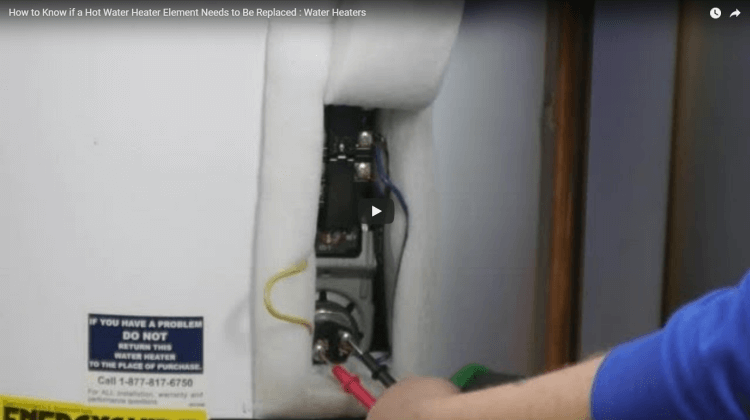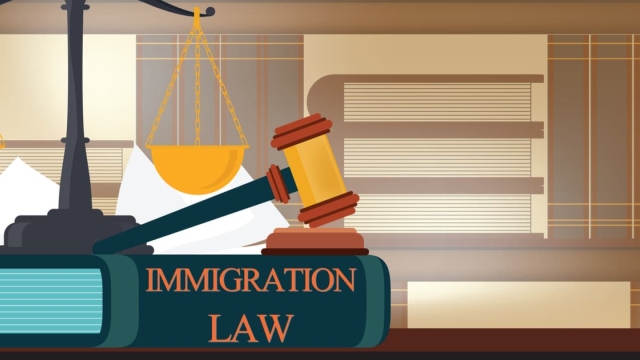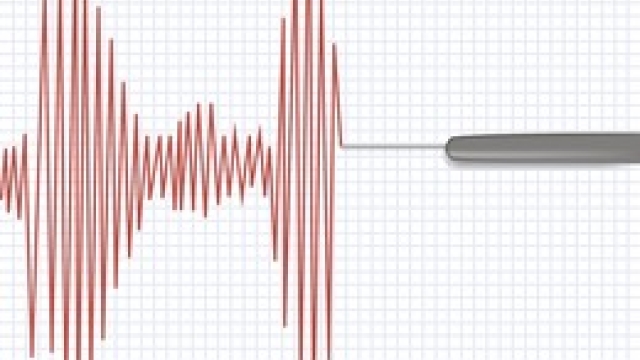Have you ever found yourself staring at a flooded bathroom or an agonizingly slow-draining sink? Plumbing issues can be both frustrating and perplexing, leaving you feeling overwhelmed and uncertain about where to start. Whether it’s an acute clog, a faulty heater, or any other plumbing issue, we’re here to help you unravel the mystery and provide some much-needed guidance. In this article, we’ll explore common plumbing problems and offer practical solutions to troubleshoot them effectively. So, let’s roll up our sleeves and dive into the world of plumbing problem-solving!
Identifying and Resolving Acute Clogs
Acute clogs can quickly disrupt the normal flow of water in your plumbing system, causing inconvenience and potential damage. Here are some steps you can take to identify and resolve acute clogs.
Observe and Locate: Start by identifying the area where the water flow is affected. Is it a specific sink, toilet, or shower? By narrowing down the location, you can better determine the cause of the clog.
Use a Plunger: A plunger can often be an effective tool in clearing acute clogs. Ensure there is enough water in the fixture to cover the rubber part of the plunger, creating a tight seal. Then, vigorously push and pull the plunger to create pressure and suction, which can dislodge the clog.
Try a Natural Solution: If the plunger doesn’t do the trick, you can try using a natural remedy like a mixture of baking soda and vinegar. Pour half a cup of baking soda down the drain, followed by half a cup of vinegar. Let the mixture sit for about 15 minutes, and then flush it with hot water. This can help break apart organic material causing the clog.

Resolving acute clogs can often be achieved through these simple steps. However, if the issue persists or if you suspect a more complex underlying problem, it’s best to seek the assistance of a professional plumber. Remember, regular maintenance and proper disposal of waste can help prevent the occurrence of acute clogs in the first place.
Troubleshooting Faulty Water Heaters
When facing issues with your water heater, it can be quite frustrating and inconvenient. Here are some common problems that may occur with water heaters and tips on how to troubleshoot them:
No Hot Water:
If you find that your water heater is not producing hot water, there could be a few reasons behind this. First, check if the pilot light is on. If it’s not, relight it according to the manufacturer’s instructions. If the pilot light is working fine, the thermostat might be the culprit. Ensure that the thermostat is set to an appropriate temperature and try adjusting it. Additionally, make sure that the circuit breaker for the water heater has not tripped.Inadequate Hot Water:
If you’re experiencing a reduced supply of hot water, there are a few potential causes. Sediment buildup in the tank can affect the efficiency of the water heater. To resolve this, drain and flush the tank to remove any accumulated debris. Another possibility is a faulty heating element. In this case, you may need to replace the element with a new one. Additionally, check the pressure relief valve to ensure it is functioning correctly.Leaking Water Heater:
A leaking water heater is a cause for concern and should be addressed promptly. The most common cause of leaks is a faulty drain valve or pressure relief valve. Inspect these components for any signs of damage or leaks and replace them if necessary. Additionally, check the tank for any visible cracks or corrosion. If you notice any, it may be necessary to replace the entire water heater.
installateur wien
By following these troubleshooting steps, you can potentially resolve common issues with faulty water heaters and ensure the uninterrupted supply of hot water in your home. However, if the problem persists or if you’re unsure about any steps, it’s always advisable to seek professional assistance from a licensed plumber.
Solving Other Common Plumbing Issues
One of the most frustrating plumbing problems is a dripping faucet. Not only is the constant sound annoying, but a dripping faucet can also waste a significant amount of water over time. To solve this issue, start by turning off the water supply to the faucet. Next, carefully disassemble the faucet, paying close attention to the order and placement of each part. Inspect the washers, O-rings, and seals for any signs of wear or damage. Replace any faulty components and reassemble the faucet. Once everything is back in place, turn on the water supply and check for any leaks.
Sometimes, you might encounter a toilet that keeps running even after flushing. This can be a wasteful and irritating problem. To troubleshoot this issue, start by removing the toilet tank lid and inspect the flapper valve. Over time, the flapper valve can become worn or misaligned, causing water to continuously leak into the toilet bowl. If the flapper valve appears damaged, simply replace it with a new one. Additionally, check the fill valve to ensure it is functioning properly. If necessary, adjust the fill valve to the appropriate water level. These simple steps should help resolve the running toilet problem.
Another common plumbing issue is a clogged sink drain. A sink can become clogged due to various reasons such as grease buildup, food particles, or foreign objects. To tackle this problem, begin by using a plunger to create pressure and dislodge the clog. Place the plunger over the drain and vigorously plunge several times before pulling it up quickly. If the plunger doesn’t work, try using a drain snake or auger to manually remove the obstruction. Insert the snake into the drain and rotate it while pushing it forward. This should break apart the clog and allow water to flow freely again. Remember to exercise caution to avoid damaging the pipes.
By addressing these common plumbing issues, you’ll be able to keep your plumbing system running smoothly and avoid unnecessary expenses. However, if you’re unsure about tackling any plumbing problems on your own, don’t hesitate to reach out to a professional plumber for assistance.




